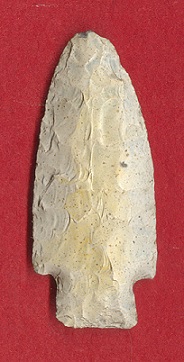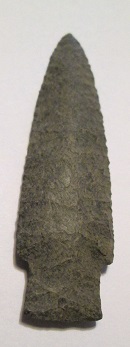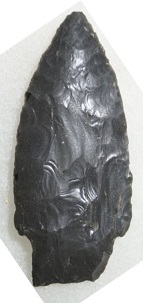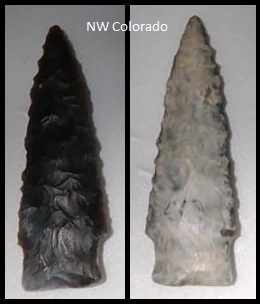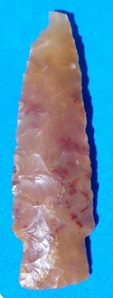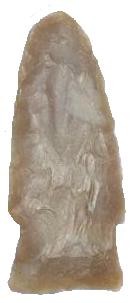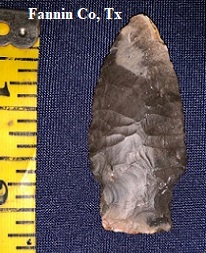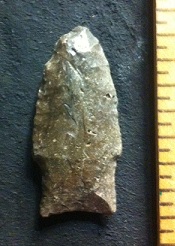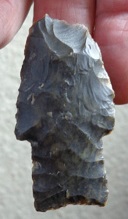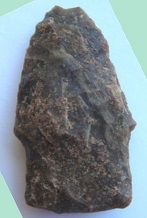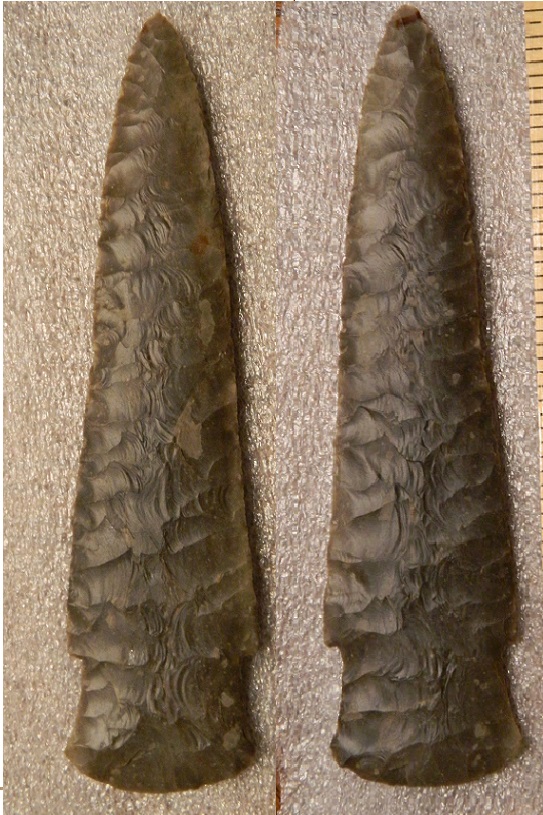Name Details:
Named By: Erwin H. Barboyr and C. B. Schultz
Named For: Type Site
Date Identified: 1932
Type Site: Scottsbluff Bison Quarry, Scottsbluff County, Nebraska
Scottsbluff
Cluster: Plano Stemmed Cluster
Date:
Cultural Period:
9,250 - 8,850 B.P.
Transitional Paleo to Early
Archaic
Early Holocene
Cody Complex
Glacial Period:
Complex:
Outline is Representative of Size and Shape:

Type I
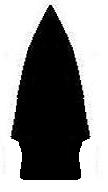
Type II
Description of Physical Characteristics and Flaking Pattern:
This is a medium to large triangular stemmed point with an elliptical to median ridge cross section. The blade is excurvate. Some examples have the blade curving in at the tip and having parallel sides, while other examples have a triangular excurvate blade. The shoulders are weak
to absent and may be horizontal to having an upward angle. The stem is most commonly straight, but may vary to slightly expanding
and generally equal in length and width. The base may range from slightly convex to straight with
heavy basal and lateral edge grinding.
This point has a high quality of workmanship and uses transverse pressure flaking forming a pattern that may range from horizontal to parallel oblige flaking.
Heat treatment is not used on this type.
Size Measurements: Total Length -
50 to 150 mm (average 75 to 102 mm) Stem Length - 1/3 to 1/10 the total length,
Width - 22 to 36 mm, Stem Width - 20 to 30 mm, Thickness
- 6 to 13 mm
Distribution:
Distribution Comments:
This point is commonly found in Wyoming to Colorado and western Nebraska. They are common on the High Places from New Mexico to Canada. They are found in into Texas and
Ontario. Justice (1987) notes that the Cody Complex has not been found into the Ohio River basin, but similar points have been found resembling Cody Complex type points, but are generally typed as McConnell
Lanceolate, Stringtown, and Ohio Stemmed type points.
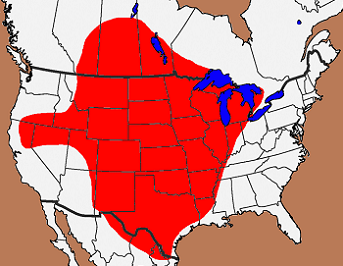
Additional Comments:
Type I: This is a longer point with a thicker cross section and weaker shoulders. The stem is formed by basal grinding instead of
flaking.
Type II: This is a shorter and wider point with a thinner cross section and more defined shoulders. The cross section is more elliptical.
The Eden points are similar to the Scottsbluff points but Eden points differ in the blade is narrow with weak shoulders. The cross section of the Eden type has a median ridge giving the cross section a diamond
which is lacking in the Scottsbluff type (Justice, 1987).
Bradley and Stanford (1987) conducted a study of Eden points and Scottsbluff points in order to define the difference between the two type. Many examples were found to be distinct enough to determine a Eden
type from the Scottsbluff type, but they found that there were many examples that fell in between the two types. They argue that the Scottsbluff type and the Eden type may represent a continuum of a single
type. The re-sharpening of the Scottsbluff type may account for both the median ridge and the reduced shoulders that is the key to identification between the two types.
Point Validity: Valid Type
Barbour was a geologist and paleontologist.
He served as and professor at the University of Nebraska and
department head for the Department of Geology. Schultz was a
paleontologist for the University of Nebraska. They were excavating
Paleo-Indian bison kill sites. This type was identified during their
excavations and has many professional references. This is considered a
valid type.
.
Age Details:
References: (See Reference Page, Entry Number):
8,
23, 30, 37, 39, 55, 168, 177, 215, 216, W2, W11
Scottsbluff Projectile Point, Scottsbluff Arrowhead

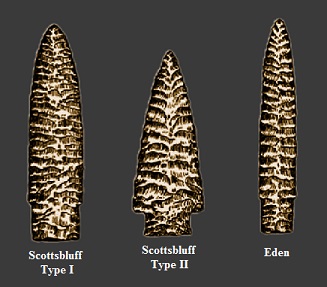
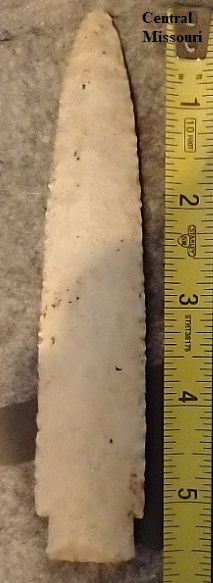
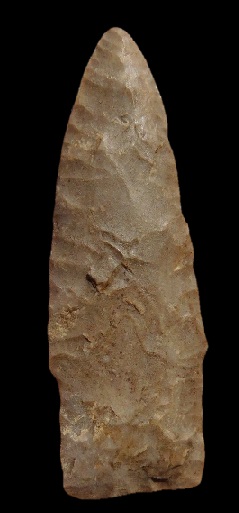
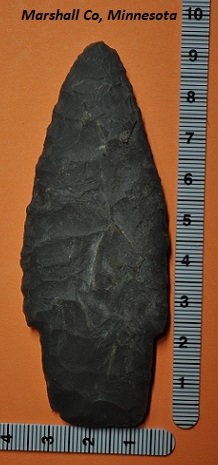
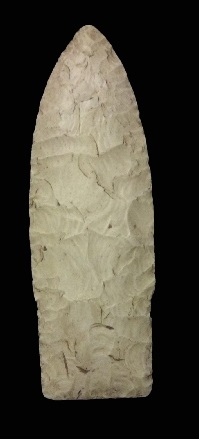

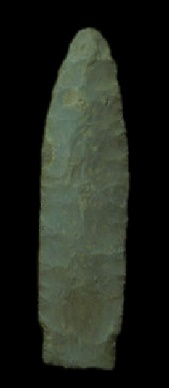
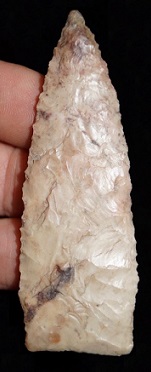
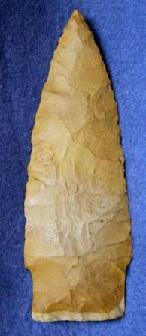
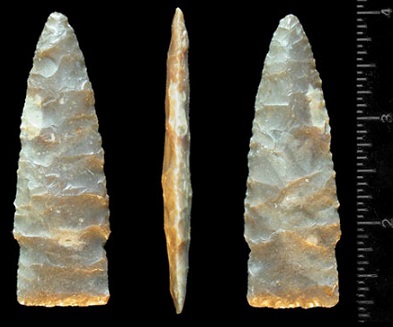
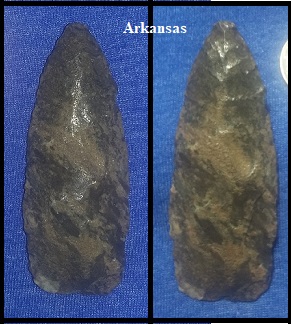
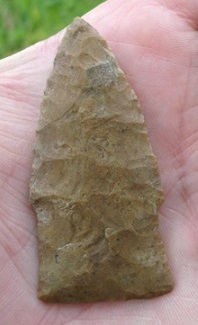
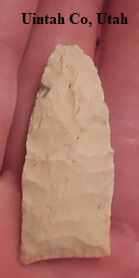
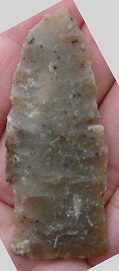
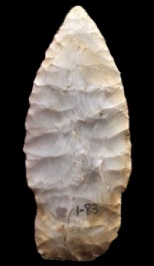

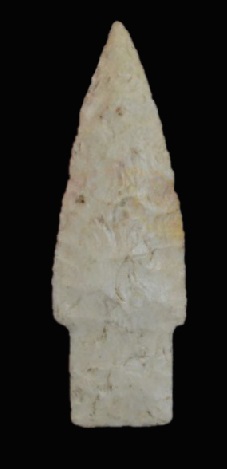
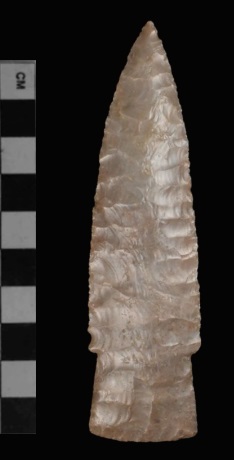
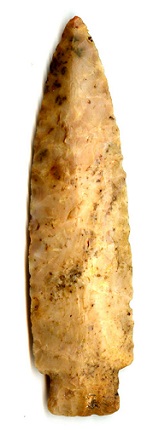
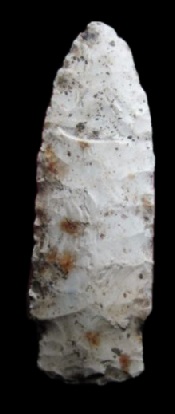
.jpg)
